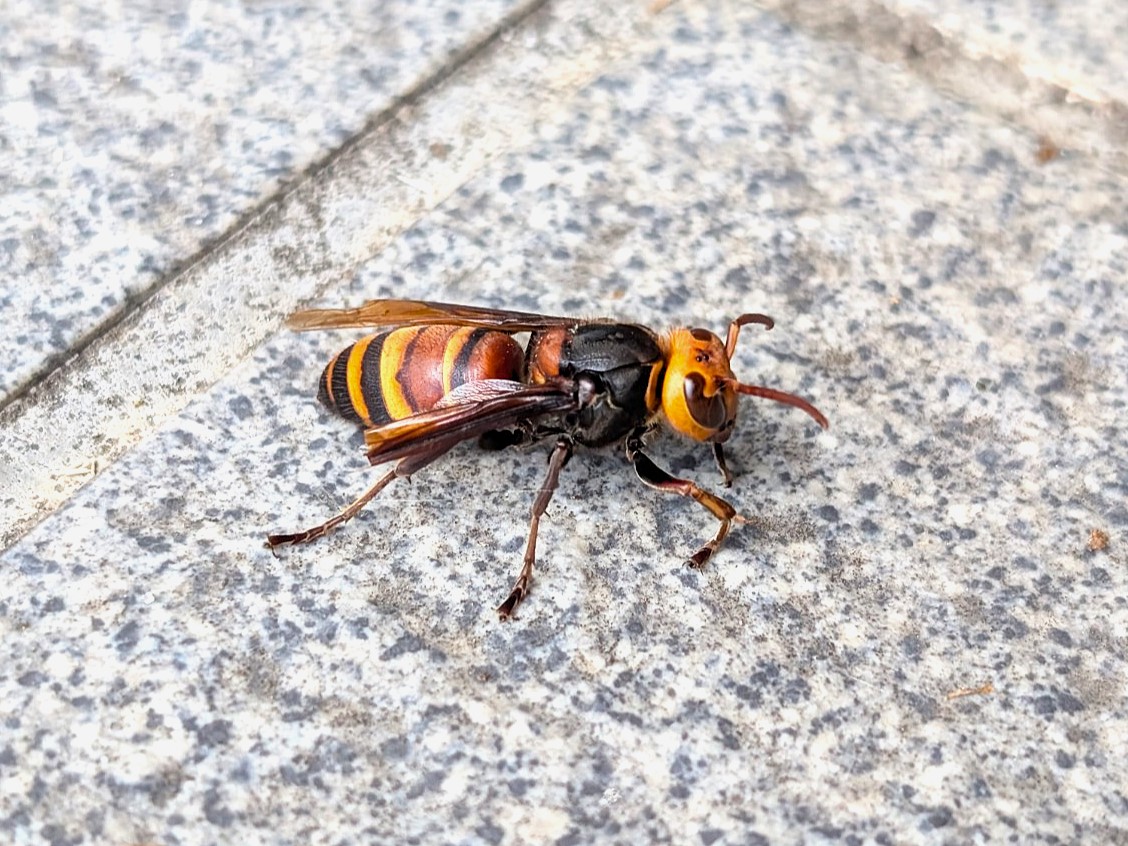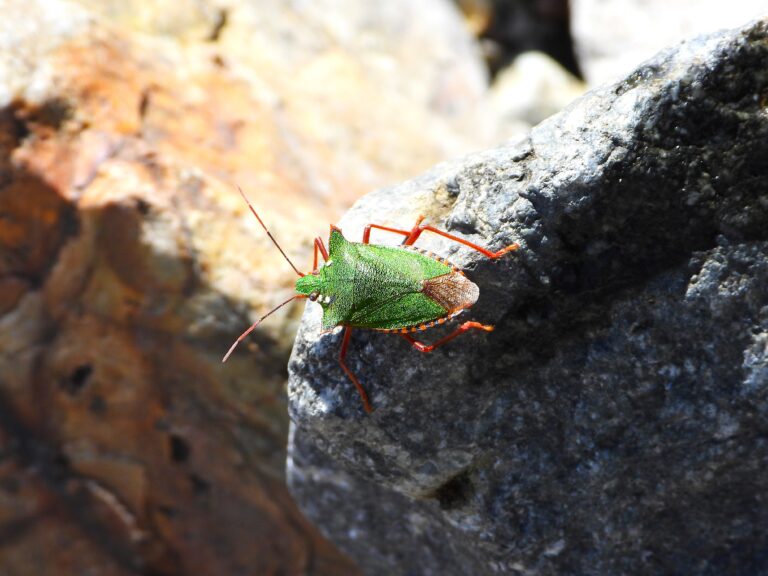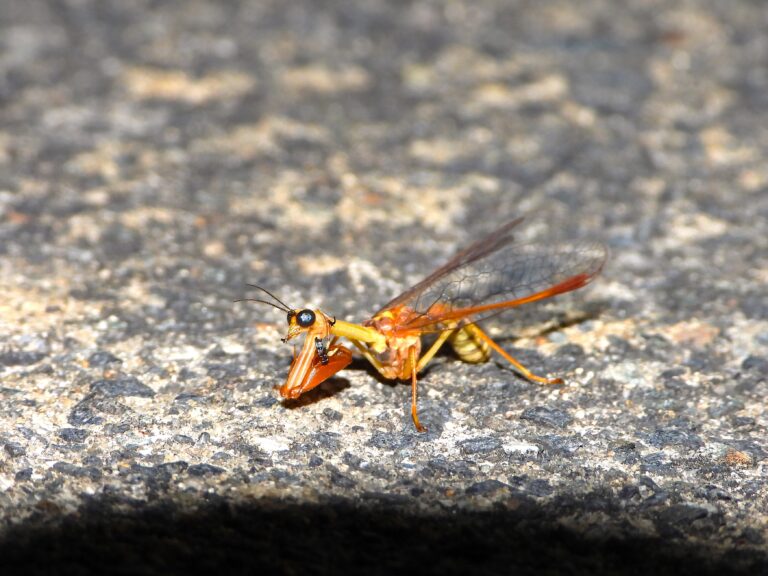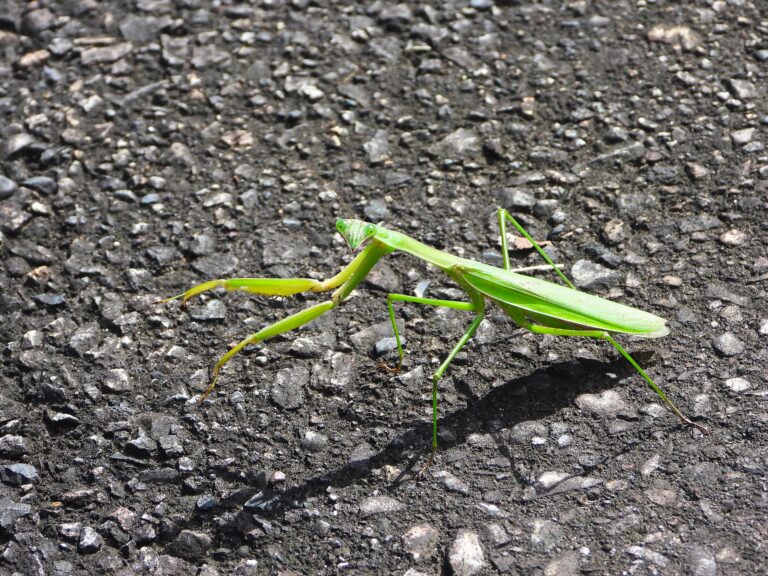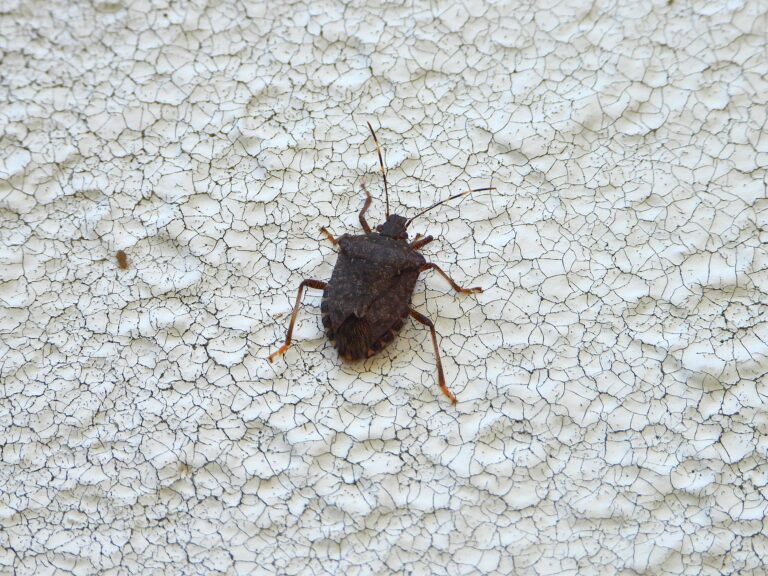Black-tailed Hornet (Vespa ducalis) – Wildlife of Japan
Introduction
The Black-tailed Hornet, known in Japan as Himesuzumebachi, is a large hornet native to East Asia. Workers measure about 24–32 mm, while queens reach around 37 mm, making this species slightly smaller than the Asian Giant Hornet (Vespa mandarinia). Its English name refers to the distinctive black tip of the abdomen.
Appearance
This hornet has an orange head, a dark (often black) thorax, and a yellow-dominant abdomen ending with a black tail. Compared with the Asian Giant Hornet, the head appears proportionally smaller and the yellow/black contrast on the abdomen is less sharply banded. Workers are generally under 33 mm, which helps separate them from the giant species.
Habitat
In Japan, the species occurs on Honshu, Shikoku, and Kyushu, but it is absent from Hokkaido. Beyond Japan, it ranges widely through East and Southeast Asia, extending into the Russian Far East. Colonies are typically built in enclosed spaces such as underground cavities, tree hollows, or gaps in human structures. Nests are notably small compared with other Vespa hornets.
Behavior
The Black-tailed Hornet is a specialist predator of paper wasps (Polistes). Workers raid nests, carrying off larvae and pupae to feed their own brood. Attacks are usually performed by single individuals, though rare cases of multiple hornets occupying a wasp nest have been reported. Unlike the Asian Giant Hornet, they do not conduct mass “slaughter raids.”
Diet
Adults feed on carbohydrates such as tree sap and fruit juices for energy. Larvae are provisioned primarily with paper wasp brood. This strong specialization explains why the species is often seen in habitats where Polistes wasps are abundant.
Reproduction
Colonies are founded in spring by a single queen. With only a few dozen workers, they are the smallest among Vespa hornets. The life cycle is annual: new reproductives emerge in autumn, mate, and only young queens survive the winter to establish nests the following year. The species is monogynous, with colonies maintained by a single queen.
Conservation
This hornet is widespread and common across Asia, with no conservation concerns noted. In urban areas it may be managed or removed if nests are built near people. Ecologically, it helps regulate paper wasp populations.
Author’s Impression
I often encounter this hornet along forest edges and in city parks where paper wasps are plentiful. It looks intimidating, but compared with the Asian Giant Hornet it is less aggressive unless the nest is disturbed. A fascinating species to photograph—always from a safe distance.
Quick ID Tips
- Size: workers about 2.4–3.2 cm; if it’s over 4 cm with bold banding and a massive head, it’s likely the Asian Giant Hornet.
- Pattern: abdomen mostly yellow with a distinctly black tail tip; thorax dark.
- Behavior: solitary raids on paper wasp nests; does not mount mass attacks.

